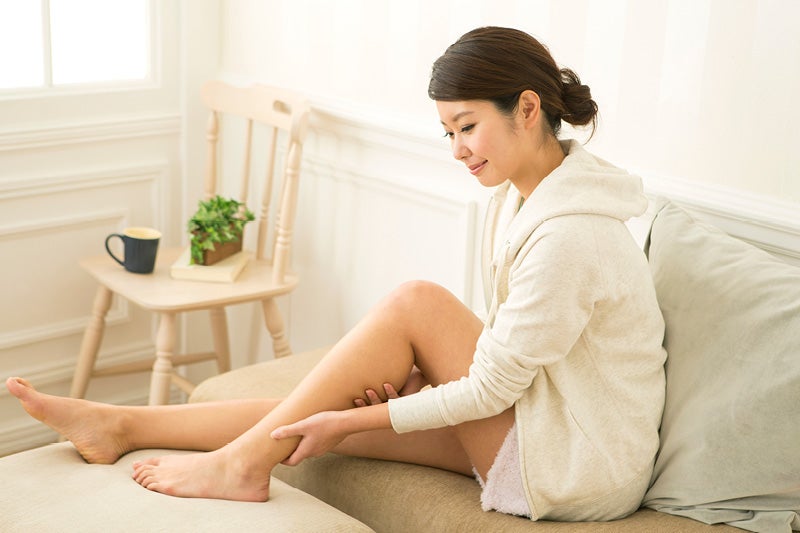Spider veins: Treatment, causes and everything else you need to know
June 24, 2025Categories: Plastic Surgery and Aesthetic Care

Overview: Spider veins might be small, but they can have a big impact on your confidence. The good news? They're common, treatable and often preventable with the right care and lifestyle choices!
Telangiectasias, also known as spider veins, are small, dilated blood vessels that appear on the skin, often as red, blue or purple lines. Spider veins are most common on your legs and face. While spider veins are not physically harmful or dangerous, many patients choose to have them treated.
What causes spider veins?
Spider veins appear when blood vessels weaken and expand. Some causes of spider veins include injury/trauma to the blood vessels, standing/sitting for long periods of time, genetic syndromes and hormonal changes.
Spider vein treatment options
Sclerotherapy is a non-surgical, minimally invasive treatment. During sclerotherapy, liquid is injected into the veins causing the vein walls to swell, stick together, seal off and block the blood flow. This allows the veins to fade over time, and the blood is redirected to healthier vessels. For smaller spider veins you can expect fading in 3-6 weeks while larger veins could take up to 3-4 months to subside. After sclerotherapy, you may experience mild bruising and itching for a few days. You will also want to refrain from hot baths/saunas and sun exposure for two weeks after treatment.
Another common option for spider vein treatment is laser therapy. Laser therapy is a noninvasive treatment, typically used for spider veins on your face. The laser uses direct heat to destroy the spider veins. For smaller spider veins, you may see them disappear immediately however, larger veins may take a couple of sessions before they disappear.
How do you prevent spider veins?
Preventing spider veins is not an exact science and sometimes they are inevitable. However, through lifestyle choices you can reduce your risk of developing spider veins. Here are some tips to reduce your risk:
- Exercise: Regular exercise helps increase blood flow, reducing the risk for spider veins.
- Avoid sitting or standing for long periods of time: Sitting or standing for too long can decrease circulation of blood and cause veins to weaken from the increased pressure.
- Wear loose clothing: Tight clothing can interfere with blood circulation.
- Maintain a healthy weight: A healthy weight can limit pressure on blood vessels.
- Elevate your feet: Elevating your legs and feet twice a day for 30 minutes can help increase blood flow.
Spider veins might be small, but they can have a big impact on your confidence. The good news? They're common, treatable and often preventable with the right care and lifestyle choices. Whether you're considering professional treatment or just looking to better understand what’s going on with your legs or face, knowing the causes and options available puts you in control. If spider veins are bothering you, don’t hesitate to reach out to a MercyOne provider near you who can guide you toward the best path forward.
Visit Plastic and Reconstructive Surgery | MercyOne for more services offered at our locations.
This blog was medically reviewed by a MercyOne Provider
